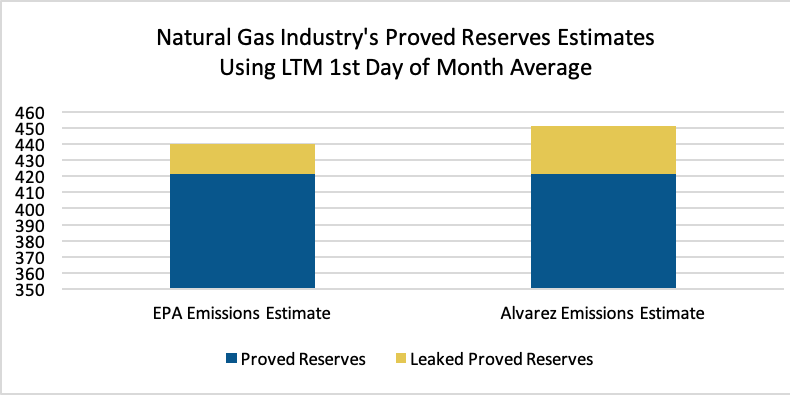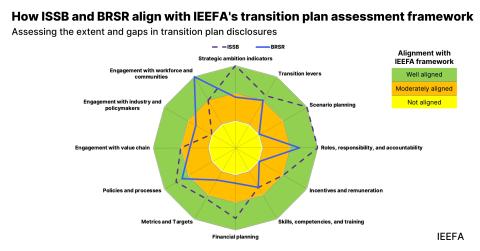IEEFA U.S.: Why the oil patch should be grateful for the EPA’s methane rules

New study shows that proposed federal methane rules could be environmentally and financially beneficial
December 15, 2022 (IEEFA)— Proposed methane rules from the U.S. Environmental Protection Agency (EPA) could have more far reaching benefits than originally thought due to the oil and gas industry and the agency’s underreporting of methane leaks, according to a new report from the Institute for Energy Economics and Financial Analysis (IEEFA). The report finds that if implemented, the rules could result in much greater emissions reductions than current EPA estimates, and also produce additional revenue by capturing an additional saleable resource.
Methane has economic value when sold as natural gas. An EPA analysis concluded that the U.S. oil and gas industry could reduce its natural gas emissions by 36 million short tons and recoup $4.6 billion from leak reductions over the next 12 years under the new rules. Despite the potential for additional revenue, the oil and gas industry has pushed back on the new rules, claiming they are too costly and of little value.
However, IEEFA’s analysis suggests there is even more financial and environmental benefit. Why the oil patch should be grateful for the EPA’s methane rules finds that the actual figure will exceed 68 million short tons, resulting in an increase in both the volume of total marketed natural gas and the reserve base of U.S. natural gas producers.
“Numerous studies have shown that the EPA underestimates methane emissions in the oil and gas sector,” said Trey Cowan, IEEFA oil and gas analyst and author of the report. “In this particular case, there is a silver lining because the rules could have an even more positive impact than current estimates suggest.”
The compliance costs of the proposed rules are material. Nevertheless, IEEFA calculates the benefits for oil and gas producers are likely to be much greater than the EPA and the industry have predicted because the rules would create increased output that leads to higher margins, and a boost to proved reserve valuations.
IEEFA projects the EPA proposal understates recoverable products by 1,834 billion cubic feet. In 2019 dollars, the additional recovered products would be worth $4.3 billion to the industry. IEEFA also expects the rules would result in much greater emissions reductions than the 36 million short tons that the EPA’s analysis projected over the next 12 years due to undercounting.
Full Report: Why oil patch should be grateful for EPA methane rules
Author Contact
Trey Cowan ([email protected]) is an IEEFA oil and gas analyst
Media Contact
Susan Torres ([email protected]), +1 908-565-3451
About IEEFA
The Institute for Energy Economics and Financial Analysis (IEEFA) examines issues related to energy markets, trends and policies. IEEFA’s mission is to accelerate the transition to a diverse, sustainable and profitable energy economy.











